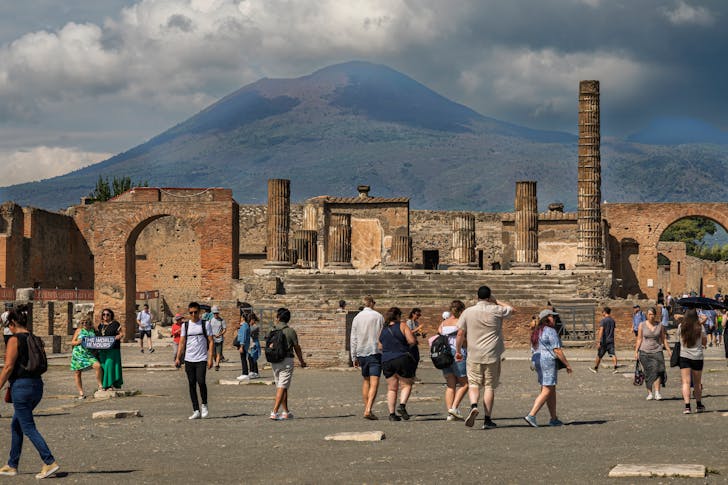Europe remains a premier destination for global travelers, even with rising costs influencing travel decisions. As inflation pushes prices higher, many visitors continue to flock to the continent, drawn by its rich cultural heritage, iconic landmarks, and diverse experiences. However, financial considerations and shifting priorities are changing how tourists approach their trips, leading to shorter stays, lower daily spending, and a stronger focus on value.
Rising Costs in Europe
Affordability is now one of the biggest obstacles for travelers planning European vacations. According to the Long-Haul Travel Barometer (LHTB) from the European Travel Commission (ETC), 44% of international travelers cited cost as the primary factor limiting their travel plans.
Despite rising prices for accommodations, meals, and attractions, many visitors plan to spend the same daily budget as in previous years, often between €100 and €200 per day. This financial strain is felt most acutely in key global markets such as China, Australia, and Canada, where travelers have reduced their expected daily expenses by as much as 30%.

The Continued Draw of Culture and Authenticity
While rising prices may pose challenges, Europe’s cultural allure remains a powerful motivator for travelers. For 44% of visitors, culture and history are the top reasons to explore the continent. From iconic landmarks in Paris to the deep historical roots of Rome, Europe’s vast array of cultural experiences continues to captivate global tourists.
The desire for authenticity has grown as well, with many travelers seeking more meaningful, immersive experiences. An increasing number of tourists are opting to connect with locals and engage in traditional customs, aiming to experience daily life in a genuine and personal way.
Safety Concerns Influence Travel Decisions
Safety is another crucial factor shaping how travelers choose their European destinations. The ETC reports that 52% of travelers rank safety as their most important concern when planning trips to Europe. This concern is particularly strong among US, Australian, Japanese, and Chinese visitors.
As a result, many tourists are opting for destinations with established tourism infrastructure and robust safety protocols. For European countries, ensuring safety and promoting secure travel environments is key to maintaining the continent’s appeal.
Increased Interest from Chinese Tourists
One of the notable trends for 2024 is the rising interest in European travel among Chinese tourists. The LHTB reports that 83% of Chinese respondents plan to visit Europe, marking a significant increase from 74% the previous year.
This surge is partly due to improved flight availability between China and Europe and the timing of popular travel periods such as Golden Week. France remains the top destination for Chinese tourists, followed by Italy and the UK. The return of Chinese tourists is a positive indicator for Europe’s tourism industry, particularly as interest from American travelers has waned.

American and Brazilian Travel Sentiment
While European travel remains popular with many international markets, American interest has significantly declined. The ETC’s survey reveals that only 23% of US travelers plan to visit Europe in 2024, a sharp drop from 41% the previous year.
High travel costs, competition from other destinations, and limited vacation time are key reasons for this shift. On the other hand, Brazilian interest in European travel remains steady, with nearly 48% planning trips to Europe in the second half of 2024. Despite rising costs, Brazil’s younger, more affluent travelers continue to view Europe as an appealing destination.
Travel Costs Affect Short-Term Visitors and Migrants
Rising costs affect short-term visitors and have significant implications for migrants and long-term visitors. To manage their budgets, many tourists are opting for shorter trips or choosing less expensive destinations within Europe.
The upcoming implementation of the European Travel Information and Authorization System (ETIAS) adds another layer of complexity for non-EU citizens. This new requirement and increased living expenses could make Europe a less attractive option for budget-conscious travelers and migrants alike.
Europe’s unique combination of cultural richness, iconic landmarks, and authentic experiences continues to draw travelers from around the world. However, the financial pressures posed by rising costs and safety concerns are reshaping the travel landscape across the continent. European countries will need to adapt to these changing dynamics to remain competitive and maintain their status as top travel destinations.
